Selling our history
Aziz Dheri—another example of the government’s neglect
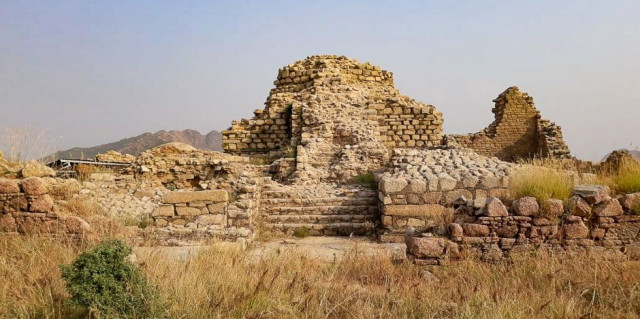
Aziz Dheri. PHOTO: EXPRESS
“Who are you? Are you from the archeology department? The police? The deputy commissioner’s office?”
An intense explanation was followed by a lowering of the firearm. The diggers regrouped and were more comfortable opening up, but would still not allow photography, lest it hamper their illegal activities at the boundary of Swabi and Buner districts.
Zia, the obvious leader of the pack, had twenty pieces of ‘setrami’ – Buddhist coinage from the second century of the Common Era – in his hands, as well as the head of Buddhist deity and several other priceless, items in a plastic bag at his feet. He again insisted we not take any photographs as they could be traced back to them and this site. It would put their excavation on hold for a few weeks.

Aziz means precious and dheri means a heap of rocks. In the past, Aziz Dheri’s significance was primarily as a place to go to avoid flood water during the monsoons and as a strategic vantage point to keep an eye on the lowlands to defend their community against attacks. Aziz Dheri was also among the six foothills renowned for their skilled craftsmen. Skillful musicians, sculptors, potters, jewelers and blacksmiths were found here. Incidentally, every ‘dheri’ had its own local expert residents. Musicians and instruments makers, for example, lived in Damano Dheri. Zar means gold, so Zarkot Dheri, unsurprisingly, was named for its jewelers.
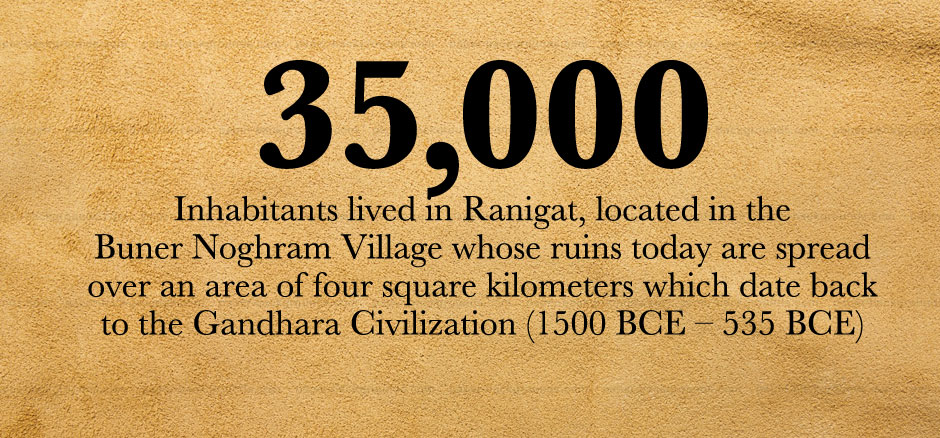
All the items crafted in the six dheri’s were later transported to Ranigat in the Buner Valley, to Takht-e-Bahi in Mardan Valley and also to the Razzar Tehsil Hill Range of Karamar. Worshippers visit the latter during the fall and beginning of each year as well as the four seasons. Their focus is the circular stones or megalith located at Asota Sharif in Razzar Tehsil, Farhad Zaman, a local historian from the NGO Shewa Education Social Workers Association (SESWA), tells Express Tribune.
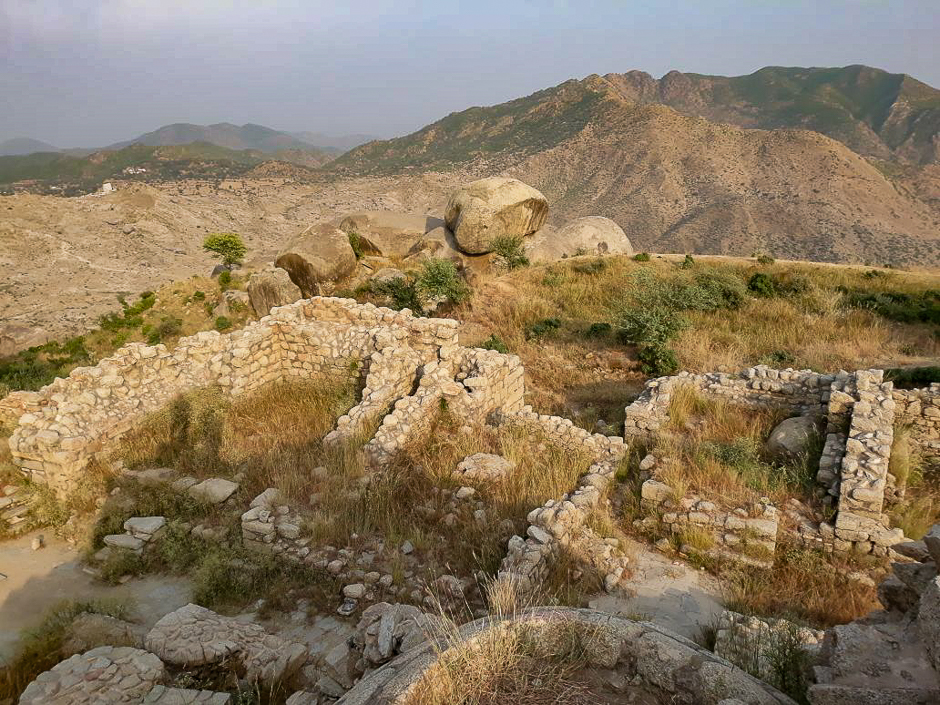
Ranigat site
A thousand-step flight of stairs leads to an ancient but incredibly sophisticated housing scheme named Ranigat. Located in the Buner Noghram Village, it was the second century’s most populated city with almost 35,000 inhabitants. Its ruins today are spread over an area of four square kilometers which date back to the Gandhara Civilisation (1500 BCE – 535 BCE).
According to the archeologists, Ranigat, the city with two gates, remained an integral center of Buddhist art and culture for centuries, and a local historian has discovered 52 different deities of various shapes and sizes in his research in the region, which he has learned were the source of religious inspirations thus making it a holy site for all the worshipers at the time.

Ranigat is positioned at the top of a ridge, where the remains of the region's largest Buddhist monastic complex is situated, included therein are shrines, drainage networks, residential facilities and halls for teaching and community gathering.
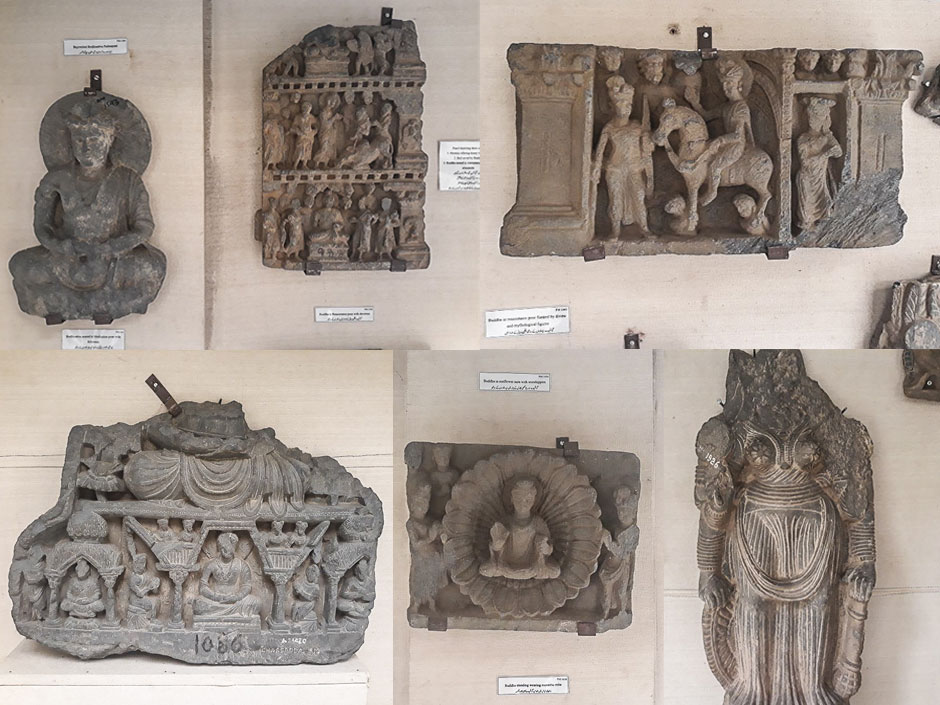
The word Ranigat is the amalgamation of two languages ‘Rani’ from Urdu, which means Queen and ‘gat’ from Pashto which means ‘huge rock,’ so the archaeological site of Ranigat literally translates into "Queen's Rock". The rock this site is named after sits its mountain-top throne and can be seen from quite a distance.
“Ranigat was a far more significant archeological and heritage site when compared to Taxila/Takshashila or Takht-e-Bahi’s Gandhara civilisation. But it (Ranigat) hasn’t received the attention it deserves and due to this neglect most of its priceless finds have been stolen, smuggled abroad or sold to the local market, but believe me, even today people come to the site to illegally excavate precious artifacts,” Farhad said.
Encroachment on the site and its relics by the locals and negligence from the archeological department and state has resulted in most of the sites having been illegally dug-out in Aziz Dheri. The items found at the six archeological sites belong in state museums as part of Pakistan’s heritage; however they have vanished without a trace, probably having ended their journey in a private collection. The locals have even started erecting infrastructure and residential buildings on the ancient grounds a local elder of the area by the name of Muhammad Ali Lala, told Express Tribune.
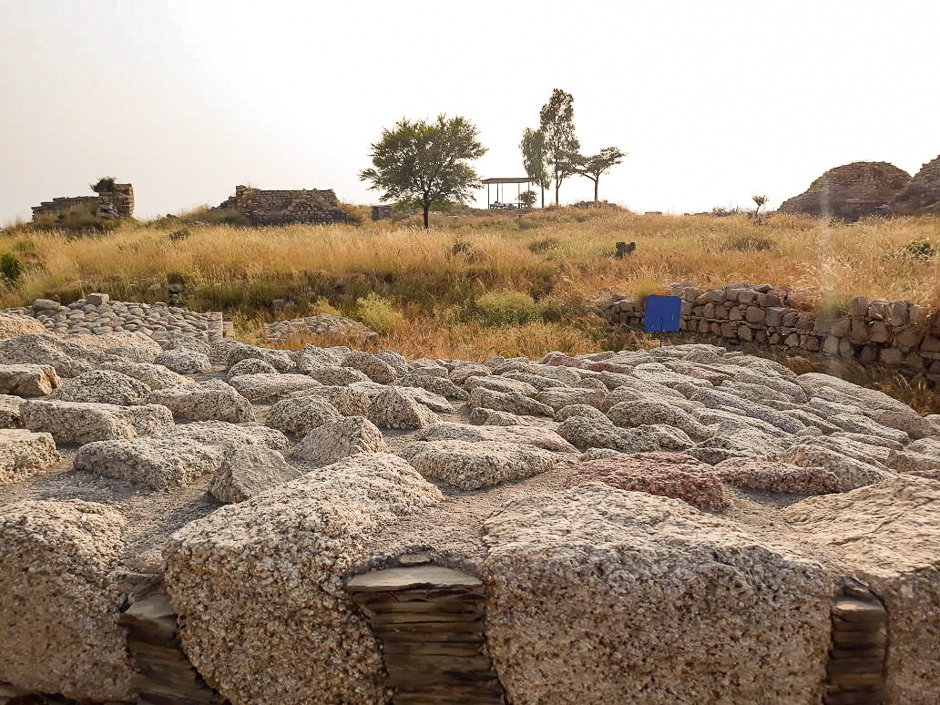
The main military fort near Hund at the Gandhara Civilisation site facing the Hund Museum is under the local influence and they have built the entire Hund village on the relics of that fort and even today the gates and walls of that fort are still intact, Ali added.
At the Aziz Dheri site, despite the government ban, local usurpers have leveled the land for agricultural and business purposes. Also the search for ancient ornaments, stone sculptures and other priceless items is blatantly underway as we see tractors busy in such activities despite the court orders deeming all this activity grossly illegal.

Megaliths
A megalith is a large stone that has been used to construct a structure or monument, either alone or together with other stones and one such structure is located in the village of Asota Sharif of Razzar Tehsil.
According to the historians this structure and the finds on Mountain of Karamar (Standing Snake) can be traced back to the Zoroastrian Era (5th Century BCE) when the place was occupied by followers of Zoroastrianism.

According to local mythology, 30 robbers encircled the wedding ceremony of a very pious individual and God turned the 30 thieves to stone and it is said that they will return to their human forms on the Day of Judgment.
They locals have added further magic to the story as they say it is impossible to ever count the 30 stones correctly, its either 31 or 29 each time. Well, here there are 18 stones out of which two are partially visible and they are 18 each time you count them.
According to a historian, structures such as this megalith are found here in Swabi district but also in regions of Europe, Eastern Turkey, Israel and the Middle East.
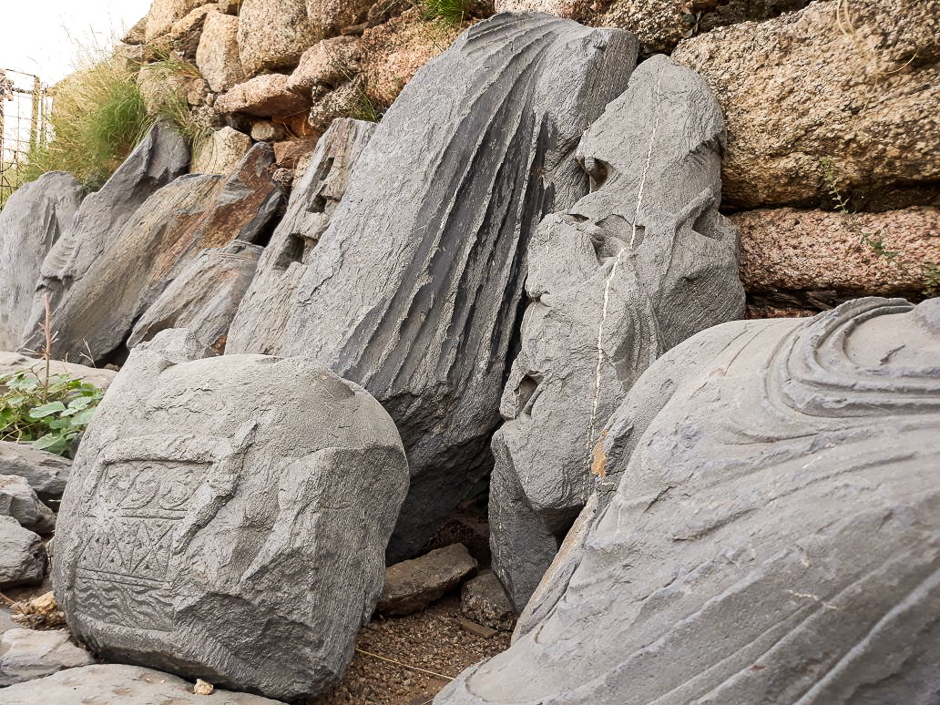
Community Indifference
These sites that are thousands of years old were in pristine condition till capitalism deemed their artifacts priceless and they were looted by smugglers and illegally excavated by corrupt individuals, destroying the once historically sound sites and its structures. At Aziz Dheri, an eyewitness recounts, during an illegal excavation a small gold sculpture depicting a three armed god with a horse whip in one hand was recently found. And for tragically obvious reasons it cannot be found in any museum.
Slowly but steadily, however an awareness campaign is making its way through the region with the local NGO SESWA. They organize awareness workshops in the villages near Ranigat and Aziz Dheri to inculcate pride in the villagers for their heritage and encourage them to find ways to maintain those sites and protect them against illegal practices and further devastation.
How efficient these efforts have been is up for debate because as I was leaving my last view was that of a shepherd grazing his goats on the heritage site of Ranigat, completely oblivious to the disturbance to the site caused by his stampede of quadrupeds. At this rate, our historical sites and knowledge will be a little more than manure and rubble but without state intervention and community zeal, preserving these sites will be near impossible.













COMMENTS
Comments are moderated and generally will be posted if they are on-topic and not abusive.
For more information, please see our Comments FAQ